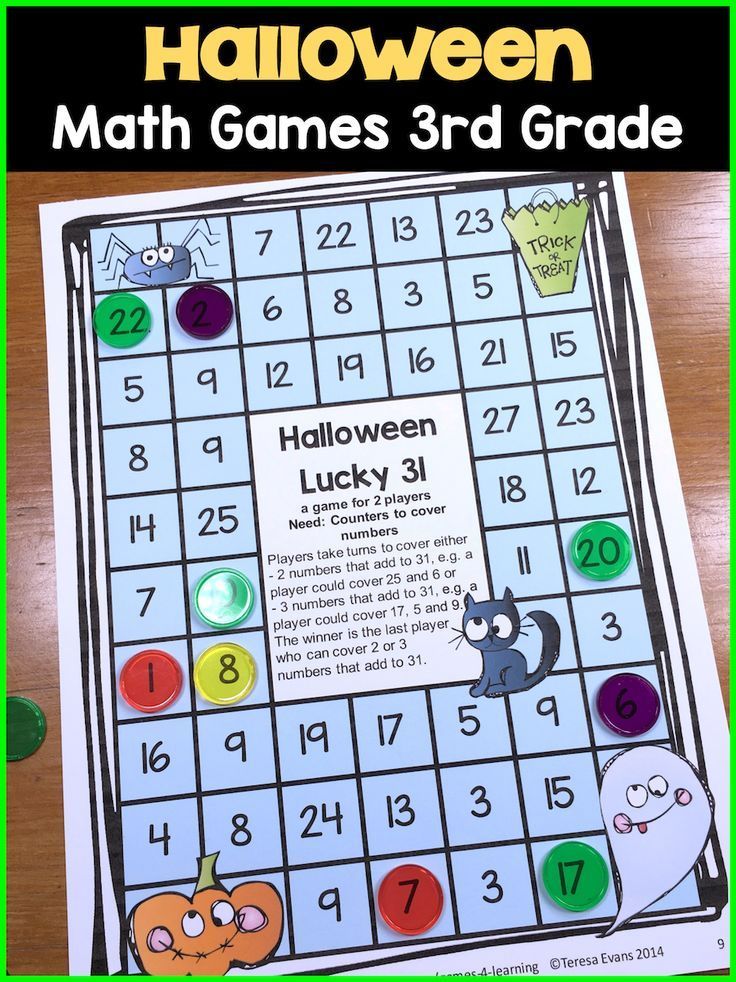Farmer brown story
Click Clack Moo: Cows That Type
None Read along about when the cows unite to improve their working conditions. Click, clack, moo! Click, clack, moo! Clickety, clack, moo! Farmer Brown can’t believe his ears. “Cows that type?” he says. Then he sees what they’re typing—their demands! It gets cold in the barn at night so they want electric blankets! Farmer Brown refuses to meet their demands and receives another note. The cows go on strike—no milk! Cows refusing to give milk? They’re cows! Farmer Brown still refuses and gets ANOTHER typed note. Now the hens are getting involved. Read along to this amusing story about a farmer in a demanding situation. Who do you agree with? Why? show full description Show Short DescriptionAnimals
Enjoy fun, animal stories for kids including bedtime favorites like Is Your Mama a Llama and Piggies in the Pumpkin Patch.
view all
Is Your Mama a Llama?
All About Kangaroos
Aggie and Ben: The Surprise
Aggie and Ben: Just Like Aggie
Aggie and Ben: The Scary Thing
Aggie the Brave: Get Well Soon
Aggie the Brave: A Visit to the Vet
Aggie the Brave: The Long Day
Good Dog, Aggie: Aggie At School
Good Dog, Aggie: Aggie in Training
Mechanimals
Click Clack Moo: Cows That Type
Who Am I? Wild Animals
Sweet Tweets: Five Little Ducks
Piggies in the Pumpkin Patch
One membership, two learning apps for ages 2-8.
TRY IT FOR FREE
Full Text
Farmer Brown has a problem. His cows like to type. All day long he hears Click, clack, moo. Click, clack, moo. Clickety, clack, moo. At first, he couldn’t believe his ears. Cows that type? Impossible! Click, clack, moo. Click, clack, moo. Clickety, clack, moo. Then, he couldn’t believe his eyes. \t“Dear Farmer Brown, \tThe barn is very cold at night. \tWe’d like some electric blankets. \tSincerely, \tThe Cows” It was bad enough the cows had found the old typewriter in the barn. Now they wanted electric blankets! “No way,” said Farmer Brown. “No electric blankets.” So the cows went on strike. They left a note on the barn door: \t“Sorry. \tWe’re closed. \tNo milk today.” “No milk today!” cried Farmer Brown. In the background, he heard the cows busy at work: Click, clack, moo. Click, clack, moo. Clickety, clack, moo. The next day, he got another note: “Dear Farmer Brown, The hens are cold too.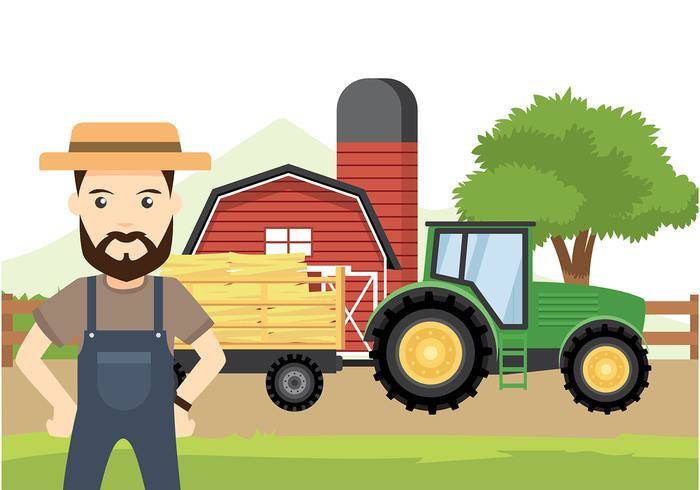 They’d like electric blankets. Sincerely, The Cows” The cows were growing impatient with the farmer. They left a new note on the barn door: “Closed. No Milk. No Eggs.” “No eggs!” cried Farmer Brown. In the background he heard them. Click, clack, moo. Click, clack, moo. Clickety, clack, moo. “Cows that type. Hens on strike! Whoever heard of such a thing? How can I run a farm with no milk and no eggs?” Farmer Brown was furious. Farmer Brown got out his own typewriter. “Dear Cows and Hens: There will be no electric blankets. You are cows and hens. I demand milk and eggs. Sincerely, Farmer Brown” Duck was a neutral party, so he brought the ultimatum to the cows. The cows held an emergency meeting. All the animals gathered around the barn to snoop, but none of them could understand Moo. All night long, Farmer Brown waited for an answer. Duck knocked on the door early the next morning. He handed Farmer Brown a note: “Dear Farmer Brown, We will exchange our typewriter for electric blankets.
They’d like electric blankets. Sincerely, The Cows” The cows were growing impatient with the farmer. They left a new note on the barn door: “Closed. No Milk. No Eggs.” “No eggs!” cried Farmer Brown. In the background he heard them. Click, clack, moo. Click, clack, moo. Clickety, clack, moo. “Cows that type. Hens on strike! Whoever heard of such a thing? How can I run a farm with no milk and no eggs?” Farmer Brown was furious. Farmer Brown got out his own typewriter. “Dear Cows and Hens: There will be no electric blankets. You are cows and hens. I demand milk and eggs. Sincerely, Farmer Brown” Duck was a neutral party, so he brought the ultimatum to the cows. The cows held an emergency meeting. All the animals gathered around the barn to snoop, but none of them could understand Moo. All night long, Farmer Brown waited for an answer. Duck knocked on the door early the next morning. He handed Farmer Brown a note: “Dear Farmer Brown, We will exchange our typewriter for electric blankets.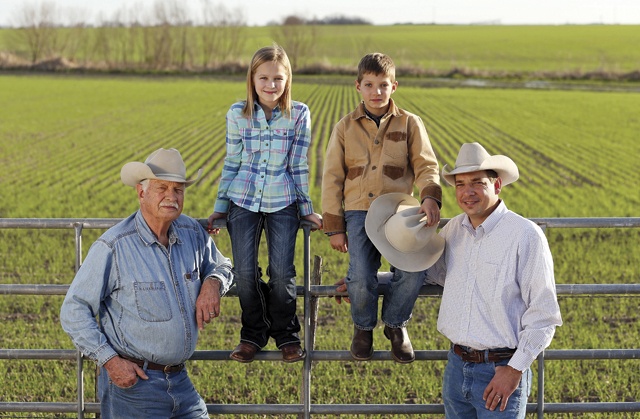 Leave them outside the barn door and we will send Duck over with the typewriter. Sincerely, The Cows” Farmer Brown decided this was a good deal. He left the blankets next to the barn door and waited for Duck to come with the typewriter. The next morning he got a note: Dear Farmer Brown, The pond is quite boring. We’d like a diving board. Sincerely, The Ducks Click, clack, quack. Click, clack, quack. Clickety, clack, quack.
Leave them outside the barn door and we will send Duck over with the typewriter. Sincerely, The Cows” Farmer Brown decided this was a good deal. He left the blankets next to the barn door and waited for Duck to come with the typewriter. The next morning he got a note: Dear Farmer Brown, The pond is quite boring. We’d like a diving board. Sincerely, The Ducks Click, clack, quack. Click, clack, quack. Clickety, clack, quack.
1
We take your child's unique passions
2
Add their current reading level
3
And create a personalized learn-to-read plan
4
That teaches them to read and love reading
TRY IT FOR FREE
Success Story - Getting To Know “Farmer Brown”
Getting To Know “Farmer Brown”
By: Paige Buck, NRCS State Public Affairs Specialist
Date: October 2010
USDA often touts their “Know Your Farmer; Know Your Food” initiative, designed to assist small and local food producers and hook them up with businesses, schools and families who want healthy food options.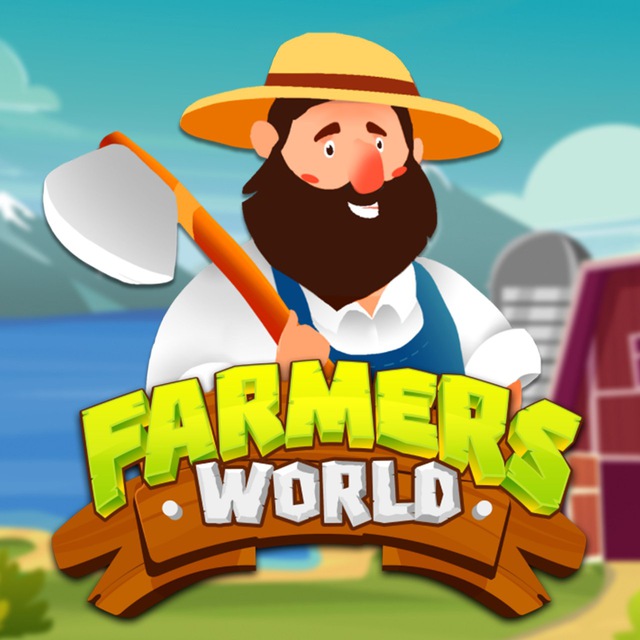 Well, if you live in Illinois and if you or your children attend Southern Illinois University, then you get an “A+” just for reading this story. Why? Because you will officially KNOW something about your food and the farmer who grew it.
Well, if you live in Illinois and if you or your children attend Southern Illinois University, then you get an “A+” just for reading this story. Why? Because you will officially KNOW something about your food and the farmer who grew it.
His name is Josh Brown. His family farm, home to his wife and their three children, is located on 70 acres in Jackson County, which is in the southern tip of Illinois. Sixty-five of those acres are hardwood trees, which only leaves Brown five acres for his organic, local fruit and vegetable operation. Five acres may not seem like much compared to most farms in Illinois, but for a small scale, organic farm, five acres is more than enough.
In The Beginning–
Brown started out as one of the first CSA (Community Supported Agriculture) farm in Southern Illinois. In a CSA, consumers buy “shares” in the spring and every week they get a basket of whatever produce is in season. This allowed him to get started because the capital was paid up front. He was able to focus on production, not marketing or advertising early on in the venture. Generally, CSAs are very diversified in terms of variety of vegetables, which can be logistically challenging to manage. For this reason and many others, Brown chose to simplify his operation which allowed him a way to develop a better plan and a wholesale strategy focused on fewer crops.
He was able to focus on production, not marketing or advertising early on in the venture. Generally, CSAs are very diversified in terms of variety of vegetables, which can be logistically challenging to manage. For this reason and many others, Brown chose to simplify his operation which allowed him a way to develop a better plan and a wholesale strategy focused on fewer crops.
Brown began growing vegetables and herbs and sold produce at small farmer’s markets in Carbondale and southern Illinois. He offered a wide variety of different veggies and became well versed in the art�and science�of small scale crop production. “It’s a tough row to hoe,” explains Brown, “because organic operations like mine are intense on labor and low on income�not the best recipe for success.”
Add to that equation a few very dry years followed by wet years and flooding and a severe spring storm or two that took out 30 fruit trees. “We’ve got good ground here. I’ve had some great people helping me out, and I’ve collaborated with other growers and fellow farmers to learn more and more. I’ve been persistent. It took all those factors working together�plus a few more--to make our farm what it is today,” he adds.
I’ve been persistent. It took all those factors working together�plus a few more--to make our farm what it is today,” he adds.
In nearby Carbondale, Illinois Brown found a Co-op and began working that system with some crops, vegetables and tomatoes. Brown knew if he was going to do this and do it well, he needed to do it bigger. More importantly, he needed to do some serious thinking and some planning. Strategic planning, that is. In 2009 he developed a new Farm Plan. He decided wholesale distribution was the way to go. That would mean more volume of crops and less diversity. And it would also require more efficient use of time and labor inputs.
Time To Grow–
Whole Foods Market, one of the world’s leading natural and organic grocer, has an outlet located in a suburb of St. Louis. With the �green’ scene picking up speed and consumers in search of more �local’ food, Whole Foods faced a classic �supply and demand’ situation. They needed everything locally grown they could get their hands on�whether it was certified organic or just local�they wanted it.
“My bigger market? It was right here,” Brown explains with a smile “One of my big markets was right here in Carbondale at Southern Illinois University (SIU). Bill Connors, the food service director with SIU, became interested in local food in response to the Illinois Food, Farms, and Jobs Act that requires state institutions source 20% of their food locally by 2020.” SIU had a need. Brown was there with a good product.
Brown recognizes it is not easy for every organic grower to find such sizeable and sweet niche markets, but with good networks, successful outreach, and a lot of persistence, it is possible to offer superior produce to clients, find new markets and develop them over time.
Investing in Infrastructure–
“I’m a jack of all trades, but I’m no soil scientist,” Brown explains. He knew he was farming a good Burnside silt loam with plenty of nutrients. But, he knew he needed to create better tilth for long term productivity. Organic matter was the answer.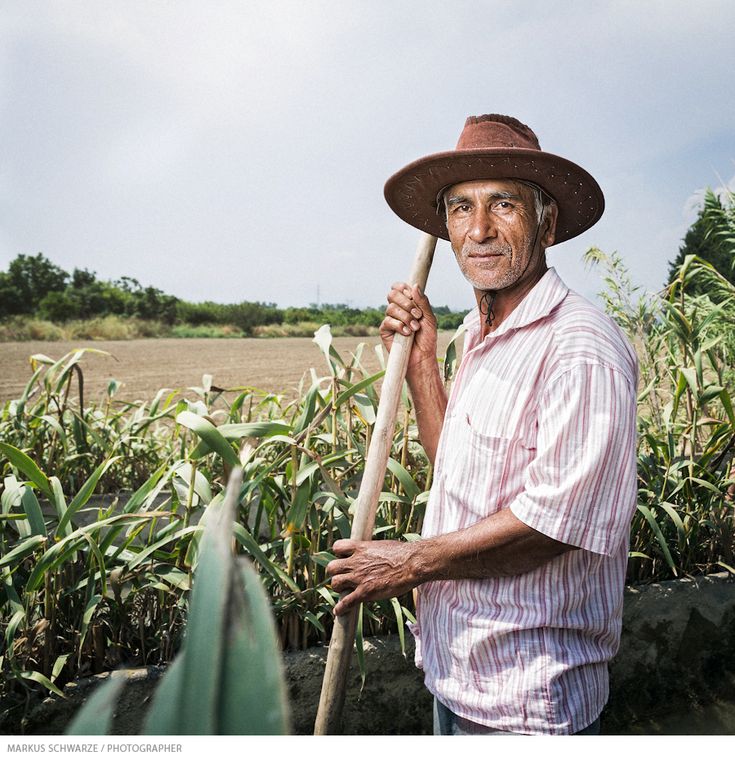 Brown knew some neighbors who had more than their fair share of livestock manure and he made them an offer for 450 tons of it. Sold.
Brown knew some neighbors who had more than their fair share of livestock manure and he made them an offer for 450 tons of it. Sold.
“I needed to invest in my infrastructure. For farmers, that’s your soil. So that was the first thing we did. We built raised beds with 4-6 inches of composted manure,” he explains. He also uses an �old-fashioned’ soil-building technique called “cover crops.”
Brown is a firm believer in what cover crops like buckwheat, hairy vetch, and rye grain can do to naturally reduce pests, slow weeds and provide effective and low-cost inputs. “We took pictures, made movies of the whole process and posted it on YouTube and there we were “Farmer Brown’s Production Company, LLC“ -- at your service.”
With information for his baseline soil data, they planted early in 2009 and harvested that fall. Brown’s operation was already certified as organic by the Midwest Organic Services Association (MOSA), a regional group that supports and serves as a third-party organic certifier.
Even sweeter was the next chapter when as a now registered vendor, Farmer Brown could supply his product without a contract. With refrigeration supplies and sustainable containers, Brown provided 4,000 to 5,000 heads of lettuce to Whole Foods and to Southern Illinois University Food Service for a price they liked, an income Brown loved, all for a product customers want. That’s better than a tri-fec-ta!
Brown’s lettuce options were wide�he could supply romaine, butter head and red-leaf varieties. Tomatoes were okay, but it wet conditions hit hard in 2009 for good tomatoes. 2010 will be better. Brown has experienced some pest problems but learns new creative and organic techniques with every passing season.
It’s important to note that organic farming is not Brown’s only business. As a smart business owner knows, having a diverse approach and multiple income sources is key to a successful long-term strategy. Brown’s wife works outside the home, they manage and rent out a vacation home on the property as well, and in Brown’s “spare” time, he plays in a band. “We have more than one iron in the fire and we’ve tapped into agritourism markets for part of our income as well. It’s a good, solid and sustainable system and it’s working well for us,” he explains. The Brown family also has a Forest Management Plan hard at work on their property. With this they create a sustainable forest and timber operation and income.
“We have more than one iron in the fire and we’ve tapped into agritourism markets for part of our income as well. It’s a good, solid and sustainable system and it’s working well for us,” he explains. The Brown family also has a Forest Management Plan hard at work on their property. With this they create a sustainable forest and timber operation and income.
Farmer Brown also opens his farm up to embrace and involve his local community. He sponsors farm tours, supports the local Co-op and works with the Illinois Stewardship Alliance to get the word out about quality local foods and the benefits they provide. The off-shoots of that kind of PR results in new friends, a steady supply of good workers/volunteers, good press and, as always, more opportunity.
Learning New Lessons, Making New Friends–
Farmer Brown has no livestock (just two dogs) and has transitioned his operation more towards the production of low work level crops, more durable crops.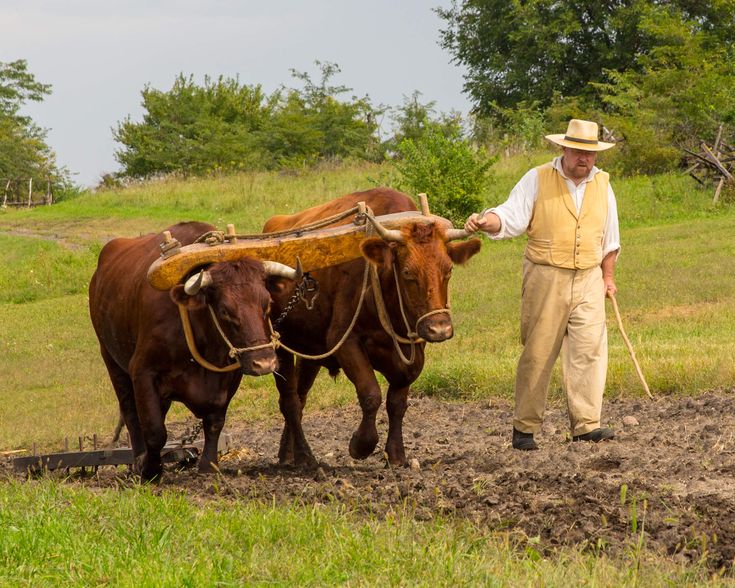 For example, Winter Squash is very durable and low maintenance (unlike Summer Squash). His team has a system; they know their roles and perform in sync like true professionals. He still depends on good planning, but he permits and encourages flexibility whenever he can. He partners with other organizations and people who can help him continually improve his operation like the Natural Resources Conservation Service (NRCS).
For example, Winter Squash is very durable and low maintenance (unlike Summer Squash). His team has a system; they know their roles and perform in sync like true professionals. He still depends on good planning, but he permits and encourages flexibility whenever he can. He partners with other organizations and people who can help him continually improve his operation like the Natural Resources Conservation Service (NRCS).
“I’ve created a five-year plan with my local NRCS folks and they’ve given me great ideas for new options on my forested ground. Together, we’re doing things that encourage wildlife habitat. We’re finding effective ways to control invasive species, which can be a real problem down here,” Brown explains.
Like most organic produce growers in Illinois, Brown is pleased that USDA and NRCS are actively reaching out to work with organic producers. “NRCS knows soil and water like nobody else. And since those two natural resources are what makes my livelihood thrive, I’m interested in what they can show me.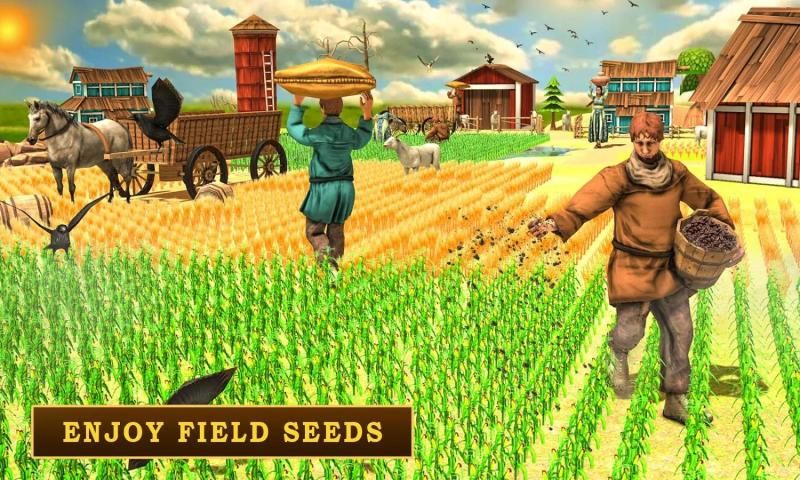 ”
”
Brown has a contract with NRCS for the Environmental Quality Incentives Program, known as EQIP. He’s also signed up into the new Conservation Stewardship Program. This Fall he will install his first �high tunnel’ greenhouse/hoop house structure. As part of this organic conservation pilot practice, use of the high tunnel and its affect on conservation issues will be monitored and compiled with data gathered nationwide.
“I’m excited to see what the high tunnel equipment can do for issues like water and moisture, pest management of ALL types, and maybe giving us more time at the beginning and the end of the growing season�that could positively impact local diet and health, veggie crop markets, and bumped up my profits a bit,” Brown explains.
Jackson County NRCS District Conservationist Scott Martin and Brown have become friends and have learned a lot from each other. “After working with Josh and watching how he manages his land, I knew he was perfect for CSP.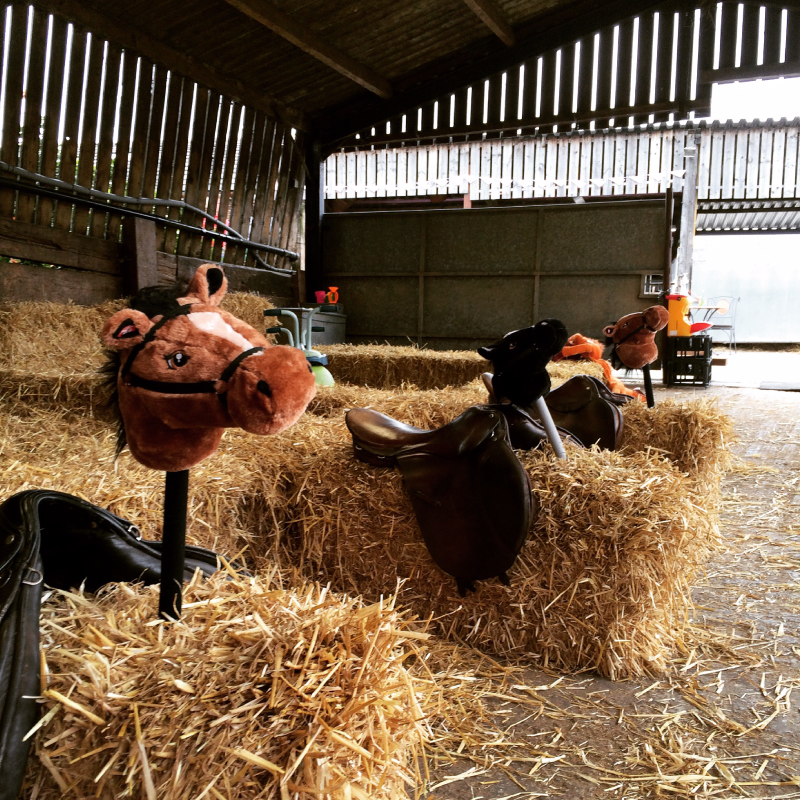 All of the ways he farms�reduced tillage, regular use of cover crops, recycling of nutrients and everything he does for soil quality�it’s exactly the kind of good stewardship CSP was built for,” Martin adds.
All of the ways he farms�reduced tillage, regular use of cover crops, recycling of nutrients and everything he does for soil quality�it’s exactly the kind of good stewardship CSP was built for,” Martin adds.
Both Brown and Martin confirm that growing good food and growing it in a healthy and sustainable way isn’t just good business sense. It’s more of a movement. It has been for some time. There’s a new crowd coming into the production side of things. Brown grows a lot of good things on his ground�but a passion for taking care of the Earth, a feeling of gratitude and contentment are priceless by-products for him and his family.
If the business and lifestyle described here include items you want to plant and grow in YOUR garden, maybe organic farming is in your future. If so, keep in mind that NRCS technical specialists, science-based technical assistance, and conservation solutions and programs work for ALL types of Illinois producers.
Organic Profiles Brown (PDF, 1629 kb)
Fighter farmer.
 John Brown
John Brown Fighter Farmer
The news of the murder of the five "sons of the South" spread with lightning speed. Everyone thought it was revenge for the defeat of Lawrence. Slave-owners raged with furious rage. Meeting after meeting, John Brown's name was on everyone's lips. The old hatred flared up with renewed vigor. All the roads from Palmyra to Osoatomi were full of people who hunted for Brown and his sons. The Missourians were gathering volunteers to look for Brown. Every suspicious house was searched. There was not a single barn left, not a single haystack, in which voluntary detectives would not rummage. At night, a glow blazed: the dwellings of the abolitionists set on fire by the slave owners were burning. The Sons of the South destroyed Weiner's forge and burned down all the tents and barracks of Brownsville. The hatred of the slave owners was looking for at least some way out. If at that time they had come across Brown, they would have come up with a new execution for him, unheard of in the world.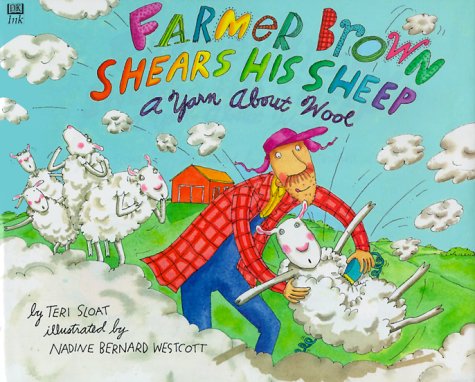 But all searches were in vain: Brown disappeared like a needle thrown into hay.
But all searches were in vain: Brown disappeared like a needle thrown into hay.
Brown knew that the closer he was to his enemies, the easier it would be for him to hide. Therefore, while they were looking for him near Palmyra and near the Marais de Signe, he lay calmly under a large old oak tree near the tributary of the Ottawa and from his camp heard the voices of the soldiers sent in pursuit of him and bivouaced on the other side of the river. Beneath the steep banks, a spring stream rustled and smoked in the twilight, a fire crackled in damp branches, and young leaves shrank.
Here, on May 30, John Brown was found by the correspondent of the Tribune, a supporter of the free states, James Redpas. Redpas came to Kansas to agitate for freedom with his pen. The war did not frighten him, and on horseback, alone, he set off into the interior of the country. So he rode, thinking, along the river, when suddenly the muzzle of a gun and someone's disheveled, copper-red head stuck out from behind the bushes.
- Stop! Who goes?
But, looking carefully at the rider, the head nodded cordially. It was Fredrik, Brown's son. He met a correspondent in Lawrence and knew he was a friend. Redpas also recognized Fredrik. Son of Brown! Why, this is a sensational find at a time when all of America is trumpeting the father's crime!
— Can’t you tell your father that…
— Yes, tell him everything yourself, — Fredrik interrupted Redpas, — I’ll take you to him.
And here Redpas sees before him, frozen in the firelight, the stern face of a man so deeply immersed in thought, as if the whole forest and the whole earth were thinking with him.
The correspondent becomes embarrassed to interrupt the man's thoughts, and timidly steps into the fire circle.
Brown is a man of few words. What he did, he considers absolutely correct. All his life he was a man of firm principles.
"I'd rather have cholera or smallpox or yellow fever come to my camp than some empty, unprincipled man," he told Redpause.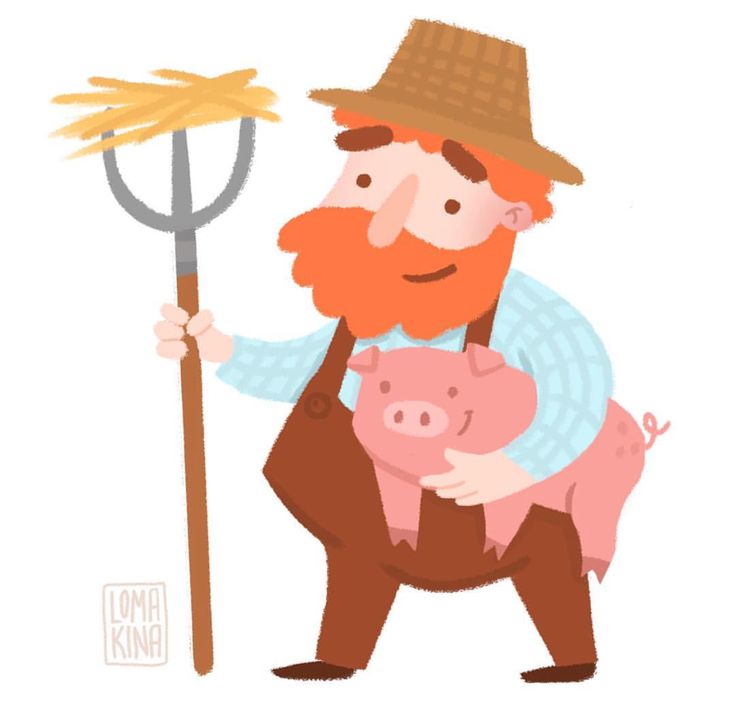 “With a dozen people of strong convictions, I can stand up to even a hundred slave owners.
“With a dozen people of strong convictions, I can stand up to even a hundred slave owners.
Redpas watched him with astonishment - this was the first time the correspondent had met such a person. He told Brown the sad news. John Jr. and Jason, who had parted ways with their father on the night of the execution, were now caught and sent to Lecompton, where the slave owners, having beaten two Brown "pashchenki" unconscious, left them lying in the sun. Redpas kept a close eye on Brown, but his curiosity remained unsatisfied. Father's face only slightly twitched, he muttered that this matter needed to be thought about.
The correspondent left soon after, eager to write about Brown. All the papers were full of information about the "Old Man" and his sons.
“In the midst of the general pandemonium, a completely unexpected circumstance arose: old Brown became a recognized hero of the supporters of the free states. They look at him as the only person capable of protecting them from terror. ..
..
He became a legend both among his own and among his enemies. He is seen in every thicket and on every prairie, there is not a single small skirmish where he does not participate as a leader. In Franklin, the slave owners fled the meeting, as word got around that old Brown was on his way to "seize" a few people. All night long a large detachment with loaded guns stood by the river, from where Brown was supposed to appear.
It is known that only the fear of his revenge kept the slave owners from executing his two sons, who were held in Leavenworth prison. Since the events in Pottovatomi, he has been in hiding, rarely seen, but his influence is growing. Recently, a large force of Missourians was moving against the northerners. Someone jokingly shouted in the back rows: "Old Brown is coming!" Instantly, people cut the lines on mules and rushed to escape, in all directions. He is the most feared on the territory.”
Authorities are out on their feet looking for Brown.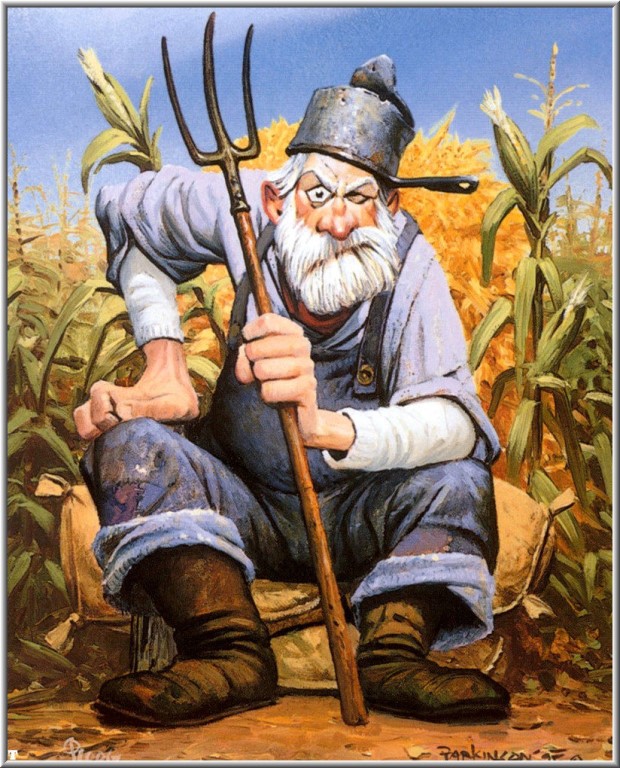 Several detachments were looking for him at the same time in different places. And at the same time, the idea was gradually strengthening in the minds of the people that Brown was just the kind of person who could become the leader of the Kansas abolitionists. Rumors portrayed him as relentless and courageous and laid an invisible path to Brown's camp.
Several detachments were looking for him at the same time in different places. And at the same time, the idea was gradually strengthening in the minds of the people that Brown was just the kind of person who could become the leader of the Kansas abolitionists. Rumors portrayed him as relentless and courageous and laid an invisible path to Brown's camp.
Soldiers and volunteer detectives wandered around in vain, and anyone who really needed Brown - the leader and patron, easily and easily found him in Ottawa Creek. Easily found him and Captain Shore, commander of a detachment of free-soilers from Prairie City.
Shore informed Brown that a large force of Missourians had gathered at Black Jack under the command of the Virginian Pate. Pate is sent to catch Brown by all means. He has up to three hundred people in his detachment and a large convoy, since he has just robbed the free village of Palmyra.
Brown didn't hesitate a minute. A few hours later, his detachment was in Prairie City. There he was greeted with enthusiasm: twenty people left the plowing and, taking guns, followed the Brownites.
There he was greeted with enthusiasm: twenty people left the plowing and, taking guns, followed the Brownites.
Soon on the road they managed to lasso three riders from Pate's camp. Brown interrogated the prisoners himself. He received complete information. Pate organized his detachment like a small army, with infantry, cavalry and camp supplies. His baggage mules are heavily laden with booty. The party is now encamped at Black Jack, and Pate has pitched his magnificent silk tent, which, due to its purple color, can be seen almost five miles away.
Brown's plan was clear and simple: a surprise attack at dawn. On the same night, the Brownians, remaining unnoticed, approached Pate's camp. The camp was sleeping peacefully. Covered wagons were posted around the tents, and hobbled horses and mules pastured behind.
Brown divided his men into two divisions. He left the fighters of Shor in reserve; they were to attack the camp on the left when the alarm was raised and all the attention of the Missourians turned to the first company.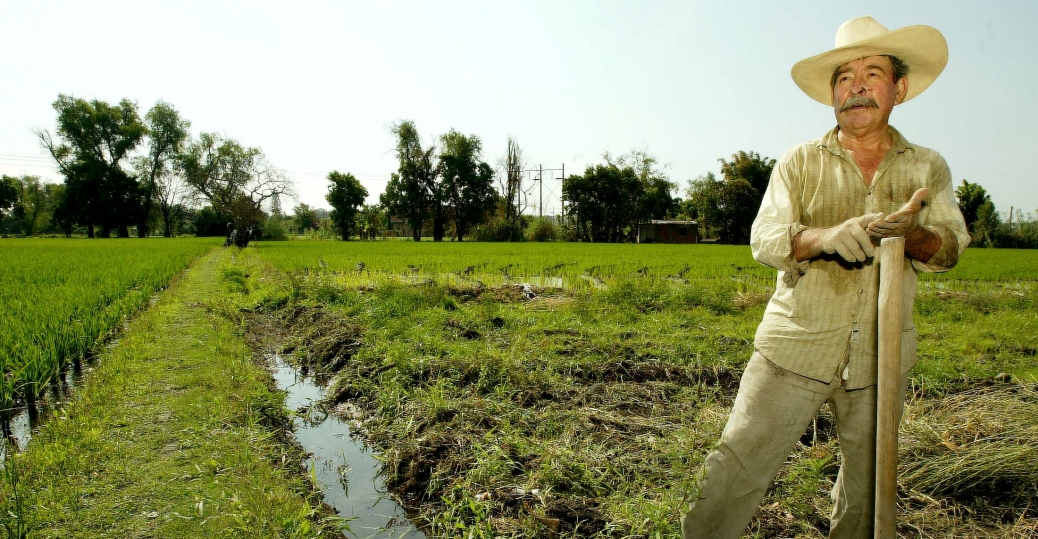 Brown built his detachment in a square. Fredrik in the rear guard guarded the horses. Everything was done quickly and silently. Pate's sentries raised the alarm when the Brownians appeared at the first tents of the camp.
Brown built his detachment in a square. Fredrik in the rear guard guarded the horses. Everything was done quickly and silently. Pate's sentries raised the alarm when the Brownians appeared at the first tents of the camp.
Brown ordered to fire on the horses. Frightened animals rushed to the camp, crushing tents and oncoming people and breaking their legs on the shafts of wagons. Suddenly awakened, the Missourians rushed about like mad, shouting and firing indiscriminately. Waking up, it seemed to them that they were attacked by more than a thousand free-soilers.
In the midst of the chaos and gunfire, a rider on a red horse suddenly appeared. It was Fredrik, Brown's son.
- Follow me guys, go ahead! They will surrender now,” he shouted to his men. - Retreat cut off!
The Missourians were completely at a loss. The shooting stopped. A white handkerchief was waved from Pate's tent. The enemy asked for mercy.
Brown lined up his squad of only eight men.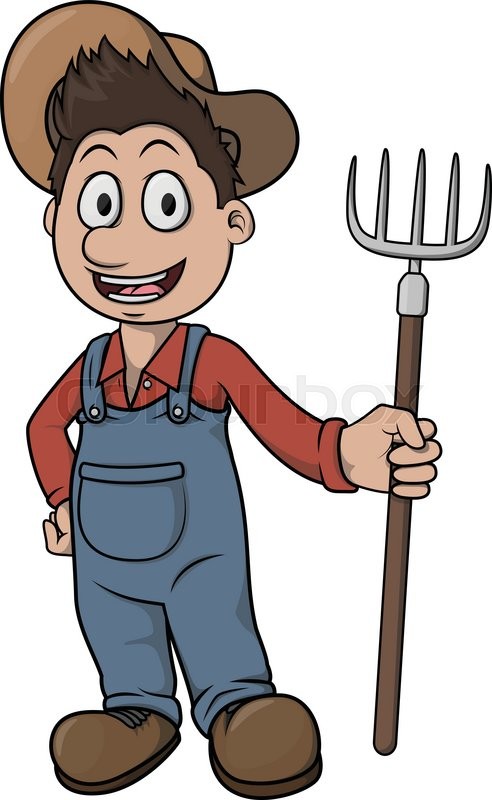 Parliamentarians will come now, you need to create the impression that there are a lot of fighters. Indeed, a few minutes later two truce envoys appeared. Brown stepped forward to meet them.
Parliamentarians will come now, you need to create the impression that there are a lot of fighters. Indeed, a few minutes later two truce envoys appeared. Brown stepped forward to meet them.
— Are you the captain of this unit? he asked the eldest of the parliamentarians.
- No, the captain stayed in the camp.
- Then your comrade will stay here, and you will return to the camp and send a captain. I will only talk to him.
I had to obey. An enraged Pate appeared. He was a small curly-haired man of bilious temperament.
- Keep in mind that I am authorized by the government! he shouted, spluttering.
But Brown did not seem to be impressed.
"If you have any suggestions, please speak up," he said calmly to Pate. “Afterwards I will inform you of my conditions. However, I demand unconditional surrender.
Pate glanced at the men behind this amazing old commander. Eight Brownians blocked the void behind them. Pate remained firmly convinced that there were at least fifty fighters.
When he learned that Brown was in front of him, the same John Brown whom he was supposed to catch, he almost convulsed. Green with rage, he signed the terms of surrender: Pate was released in exchange for Brown's two sons, John and Jeson, his men were exchanged for supporters of the free states arrested in Paola.
After defeating Pate, Brown no longer needed to hide. He was now the recognized leader of the Kansas abolitionists and could operate in the open. Volunteers flocked to him from all sides, now there were about two hundred people in Brown's detachment.
In the village of Osoatomi, Brown set up his headquarters, on the island of Middle Creek, the camp of his detachment, surrounded by an earthen rampart, was located. In his new role as a combat commander, Brown was so natural and gave orders so freely and skillfully that it could not have occurred to any of the new volunteers that this gray-haired man had never been a military man in his life. And he himself was not at all surprised by the new situation. It was as if his entire past had been nothing more than a preparation for this bivouac life, with a loaded rifle at his head.
It was as if his entire past had been nothing more than a preparation for this bivouac life, with a loaded rifle at his head.
There was another fight around Lawrence. Now the abolitionists surrounded the city and tried to drive the "Sons of the South" out of it. But the supporters of the slave owners were not idle either. They wanted revenge. All their hatred these days was directed at what in Kansas was already called "John Brown of Osoatom." General Reid, sent with two hundred dragoons to finally destroy the Brownian nest, reported to the governor of the state:
“Last night I moved with 250 people to the abolitionist fort and settlement of Osoatomi, the headquarters of old John Brown. We walked 40 miles and attacked the city before sunrise. There was a short firefight for an hour. We've got five wounded - not dangerous, about thirty of them killed, including definitely old Brown's son, and almost certainly Brown himself.
Their ammunition and food were seized, and my fellows burned the village to the ground, which I could not prevent.
But General Reid's joy was premature: John Brown managed to elude the dragoons unscathed. But the news of the death of Brown's son was confirmed: it was Fredrick, who was killed by the priest Martin White, who treacherously stabbed him in the back.
Not far from Osoatomi, in a young oak grove, Brown stood silently over his dead son. Fredrik recalled the almost forgotten face of Diant to his memory. This son had a lot in common with his mother: nervous impulsiveness, shifty eyes, sudden laughter - in the family he was considered not quite normal. Yet Brown loved him. He took off Fredrik's sun-reddened hat and put it on. Then he plunged the spade into the ground with force and began to dig the grave.
A week later, the free state government met in Lawrence, now back in the hands of the abolitionists. A trip to Leavenworth was discussed. The government had to decide to whom to transfer command of the partisans. Suddenly, a rumble came through the open windows of the house. Closer, getting closer. Now it was already possible to discern that these were cries of welcome. The members of the convention hurried out onto the balcony. The joyfully excited crowd enthusiastically pronounced someone's name. Hats flew into the air, everyone's eyes were fixed on the old man, who calmly rode into the city on an exhausted gray horse.
Closer, getting closer. Now it was already possible to discern that these were cries of welcome. The members of the convention hurried out onto the balcony. The joyfully excited crowd enthusiastically pronounced someone's name. Hats flew into the air, everyone's eyes were fixed on the old man, who calmly rode into the city on an exhausted gray horse.
- Long live Brown Osoatomsky! shouted the crowd, and Brown nodded in response to enthusiastic cheers as calmly and naturally, as if he had long been accustomed to fame.
This was his true triumph. Lawrence's authorities greeted him as a guest of honor. The government of the free state offered him to take command of the detachments of volunteers going to Leavenworth.
But essentially the guerrilla war is over. Expeditions were still sent out from Chicago to help the settlers of the North, but the United States government had already sent regular troops to Kansas.
A period of brutal terror has begun. Almost all partisan detachments were liquidated by government troops. The slave government met in Lecompton and drafted its own constitution. Despite the fact that this constitution was rejected by the population, the federal Senate recognized Kansas as a slave state. Formally won the slave owners. Brown understood that the period of armed struggle was temporarily over and that there was nothing for the guerrilla commander to do in Kansas now.
The slave government met in Lecompton and drafted its own constitution. Despite the fact that this constitution was rejected by the population, the federal Senate recognized Kansas as a slave state. Formally won the slave owners. Brown understood that the period of armed struggle was temporarily over and that there was nothing for the guerrilla commander to do in Kansas now.
But the Kansas War taught old Brown a lot. He saw that, although the local free population defeated the slave owners both on the parliamentary benches and on the battlefield, it was the slave owners, relying on the central government, who remained victorious. This means that the only correct way of struggle is to take power from the planters. He saw the path quite clearly. “Fight, fight, and not with words, but with weapons,” he repeated.
Ill, tormented by insomnia and fever, he went to Boston in a jolting cart. New plans, new dreams attracted him to the East.
Everyone in Boston, without exception, was interested in Kansas events.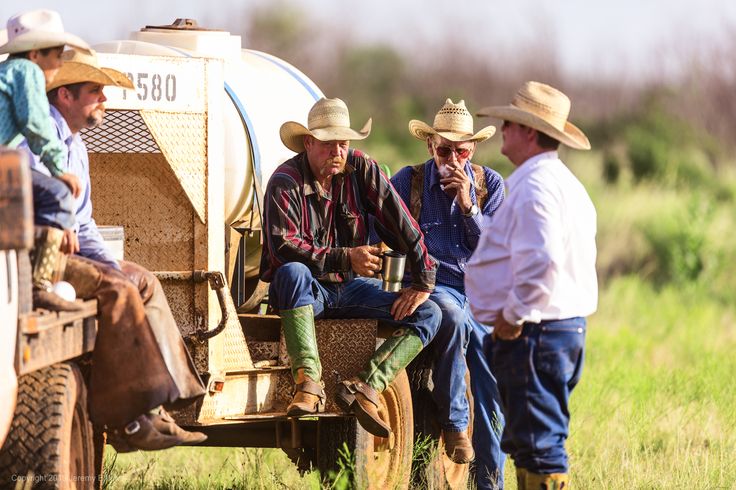 Many liberal-minded businessmen stood for the free states, donated money to the committees for the relief of migrants and placed articles in newspapers. They received with delight a man who fought on the prairies and lost his son there, a man who was so zealously hunted by slave owners.
Many liberal-minded businessmen stood for the free states, donated money to the committees for the relief of migrants and placed articles in newspapers. They received with delight a man who fought on the prairies and lost his son there, a man who was so zealously hunted by slave owners.
Brown was invited to the Resettlement Assistance Committee. Would he take over the organization of a detachment or a small army of committee members in Kansas? Do you need funds and weapons for this? Well, Mr. Brown will not find it difficult to collect both, if only he tells the northerners more about Kansas. But Mr. Brown must remember: money and weapons should go exclusively to defense.
Here, too, they preferred to be hypocrites.
So, John Brown was now invested with the powers of the committee. He collected guns and dollars, printed appeals in newspapers: "I ask all sincere defenders of freedom and human rights, whether men or women, to support this cause with all possible help.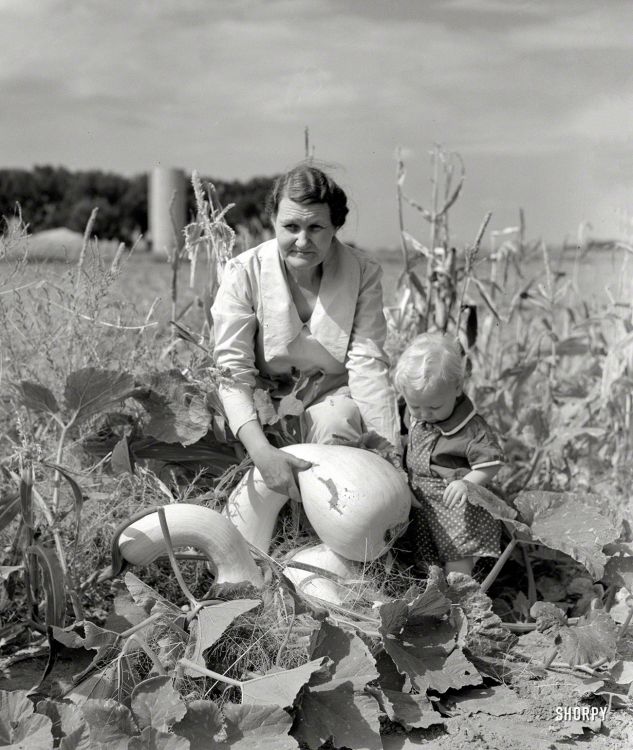 "
"
Brown did not dare to act more openly. He had too many enemies left in Kansas. Every Southerner would love to kill old Brown.
A letter from John Jr. came from North Elba: “Yesterday, a police commissioner passed through Cleveland. I found out he has a warrant for your arrest for Kansas cases. Be careful, father."
The abolitionists on the committee advised Brown to change his appearance. He was annoyed by these advice, although they were not without meaning. Brown had to let go of his beard.
Judge Russell, an abolitionist, where John Brown lived, was under strict secrecy. At night, the guest put a revolver under his pillow. He said to the judge's wife:
- I would not want to spoil your carpets with blood, but you know, I cannot give myself into their hands alive. Here, in this revolver, eighteen lives.
And he asked her to hide the child in case of alarm, otherwise, when shooting, he would be afraid for the baby.
In Boston, he immediately had friends and admirers. He had the ability to attract people to him, without caring about it at all. The most diverse people sought his friendship and were ready to follow him wherever he called. Stearns, a well-known stockbroker in Boston, Thomas Higginson, pastor of a free church in Worcester, Theodore Parker, a famous preacher, Sanborn, a young man who had just graduated from Harvard University and forever connected his fate with the fate of Brown - all these people dreamed of being called his friends. That Brown brought such diverse people together shows the power of his charm. Even his enemies could not deny this. Andrew, the governor of Massachusetts, who happened to see Brown in Boston, later wrote: "He was a very attractive man who knew how to influence people greatly."
He had the ability to attract people to him, without caring about it at all. The most diverse people sought his friendship and were ready to follow him wherever he called. Stearns, a well-known stockbroker in Boston, Thomas Higginson, pastor of a free church in Worcester, Theodore Parker, a famous preacher, Sanborn, a young man who had just graduated from Harvard University and forever connected his fate with the fate of Brown - all these people dreamed of being called his friends. That Brown brought such diverse people together shows the power of his charm. Even his enemies could not deny this. Andrew, the governor of Massachusetts, who happened to see Brown in Boston, later wrote: "He was a very attractive man who knew how to influence people greatly."
Brown immediately became a youth hero. This was how the young abolitionists imagined the ideal freedom fighter. Brown's face, his cold eyes, restrained manner - everything corresponded to the image of the hero. He could dispose of them, their lives, their means - they generously gave themselves to him. Sanborn gave Brown all his money from his father.
Sanborn gave Brown all his money from his father.
The fundraiser for Kansas continued. The timing was favorable: the pro-slavery Buchanan had just passed to the presidency of the United States, and the trial of Dred Scott had begun in the Supreme Court.
South and North followed this process with equal attention. Negro Dred Scott was a slave to military doctor Emerson. The owner took him with him first to Illinois, and then to Wisconsin, where slavery was abolished. He treated his slave so cruelly that Dred Scott filed a complaint against the owner in court. An unheard-of thing happened: for the first time, a slave dared to raise his voice and complain about physical abuse.
The most prominent lawyers became interested in the case. Representatives of abolitionists and slave owners met at this court as on a battlefield. Dred Scott, as a person, receded into the background - two systems fought in court, two principles. All the efforts of abolitionist lawyers were to prove that a slave living on free land had already ceased to be a slave.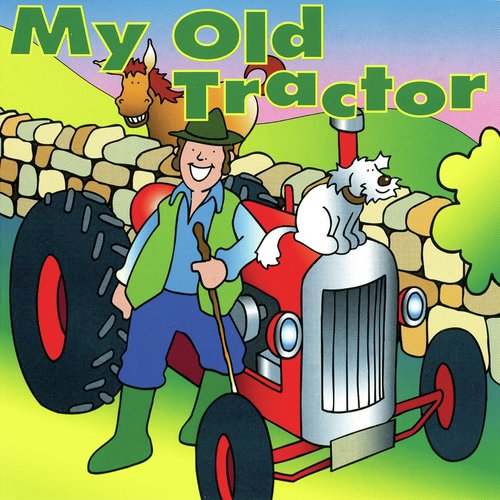 The judge initially upheld them, but the Missouri Supreme Court overturned that decision. It was found that the owner of the Negro changed his place of residence temporarily and his rights to property are preserved, according to the laws of the state in which he lives permanently.
The judge initially upheld them, but the Missouri Supreme Court overturned that decision. It was found that the owner of the Negro changed his place of residence temporarily and his rights to property are preserved, according to the laws of the state in which he lives permanently.
Meanwhile, Emerson managed to sell Scott and his family to a certain Sandford from New York. The new master began by beating the recalcitrant slave half to death. The battery case was again initiated, already in a new court. Sandford denied that he hit Scott, saying that he only "made a hand" to get him to obey and that it was his right in relation to the slaves. The court confirmed the legitimacy of this statement. The December sessions of 1855–1856 dealt exclusively with the Scott case.
In 1857 the Supreme Court made a historic decision: a slave is the same kind of private property as any other commodity. With this decision, the court destroyed the last distinction between free and slave states.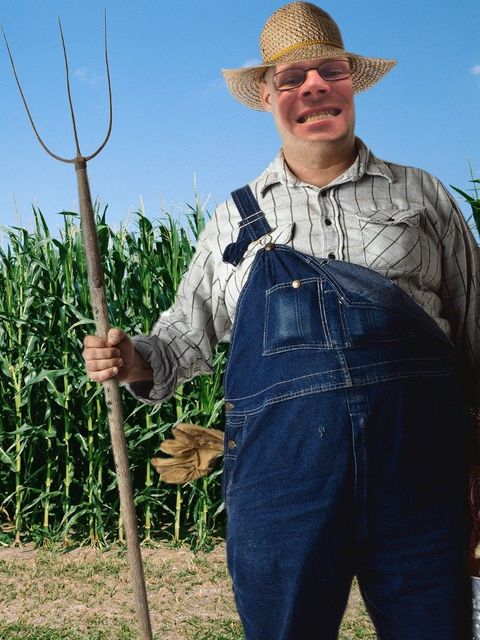
Until then, a runaway Negro, having crossed the border of a free state, could consider himself free. Sometimes, with the help of bribed police, the planters managed to kidnap their runaway blacks, but such cases became less and less. In many Western states, the local authorities were already hostile to the slave owners and not only did not provide them with assistance, but even prevented the capture of the fugitive.
The Dred Scott case immediately legalized the catching of blacks in all states. Now, everywhere and at any time, hunters for blacks appeared and demanded assistance from the authorities. Ugly scenes were played out in the streets: Negroes were seized, beaten, shackled.
"Democratic" politicians urged the people to endure without resorting to violence, and to fight exclusively through parliamentary means. But the people grew disgusted with the South and the southerners. Therefore, the lively, active struggle in Kansas began to attract everyone's attention again, and it was not difficult for John Brown to arouse interest in his cause.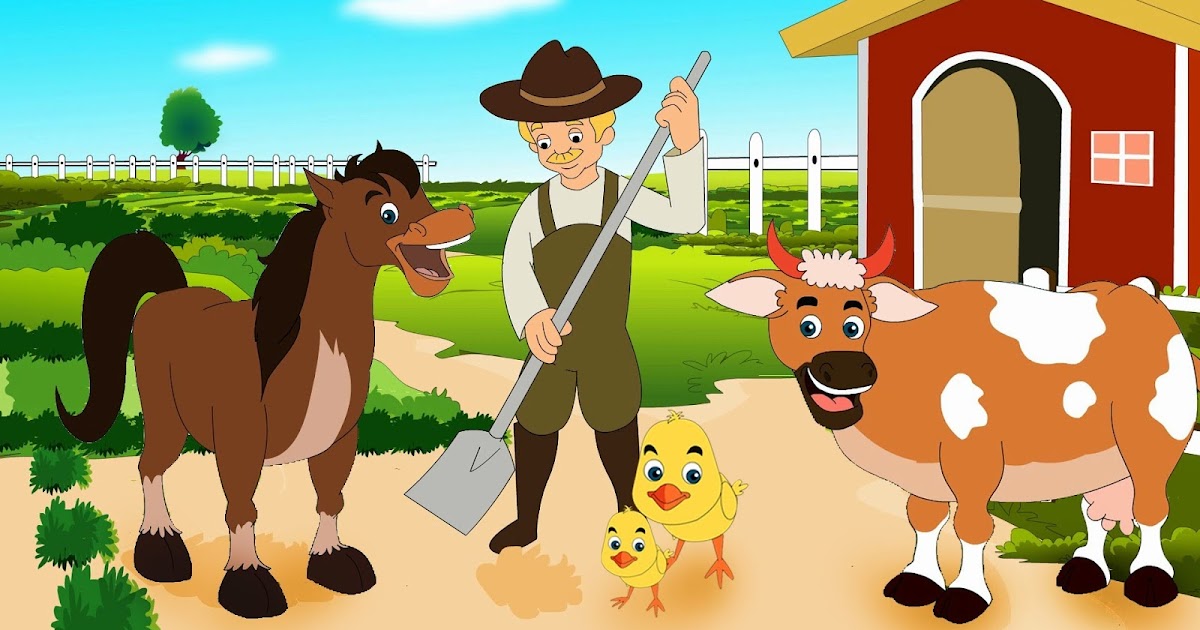
He went to New York to see Jerry Smith. His tales of the Battle of Black Jack aroused universal sympathy. Public opinion supported Brown, donations grew, he already had a decent amount in his hands and about two hundred rifles. Together with his son Owen, he drives around Cleveland, Akron, Colinsville, Hudson in two vans. Everywhere he talks about Kansas, and the peasants willingly help him with money obtained with great difficulty.
Brown came home to North Elba for a few days. The house seemed to him aged and somehow settled on its side. Silent and businesslike, Mary Day raised the younger girls, the last thing she had left of her family. The glory of her husband did not touch her, but she saw that he lived a full, busy life and was happy.
A long white beard made Brown an old man, but his voice sounded young, his eyes sparkled. He saw in front of him a tired woman in a shabby dress, with dry hair combed smoothly. A chill of alienation passed between them - they had not seen each other for too long.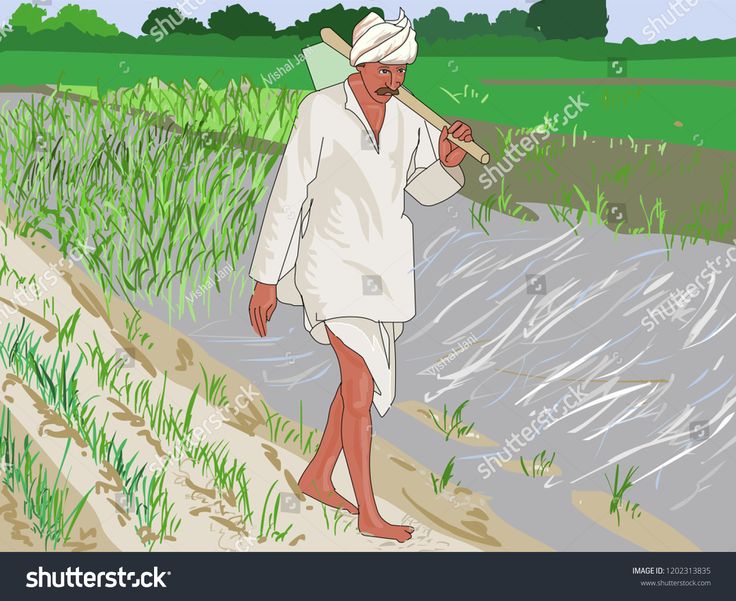 But still she was the mother of his children, and he asked her about the house, about her daughters, about the garden. Once it was a world that satisfied him, now it seemed to him too personal and small. He did not stay long, briefly kissed everyone goodbye and left some money.
But still she was the mother of his children, and he asked her about the house, about her daughters, about the garden. Once it was a world that satisfied him, now it seemed to him too personal and small. He did not stay long, briefly kissed everyone goodbye and left some money.
From home, Brown traveled to Connecticut, to his old homeland. In Colinsville, he again told the farmers about Kansas. Connecticut had bad land, but here, too, there was something to be gleaned from the farmers. Brown even pulled out from behind the shaft and showed them the dagger that he had with him at Blackjack. Blacksmith Blair examined the point carefully.
- Nice little thing. To make such a six-foot one, so you can go against any weapon.
Brown turned his suddenly animated face towards him.
— How much would you charge for these spade tips, Mr. Blair, if they were made in bulk, say, five hundred or a thousand?
“A dollar and a quarter,” answered the blacksmith.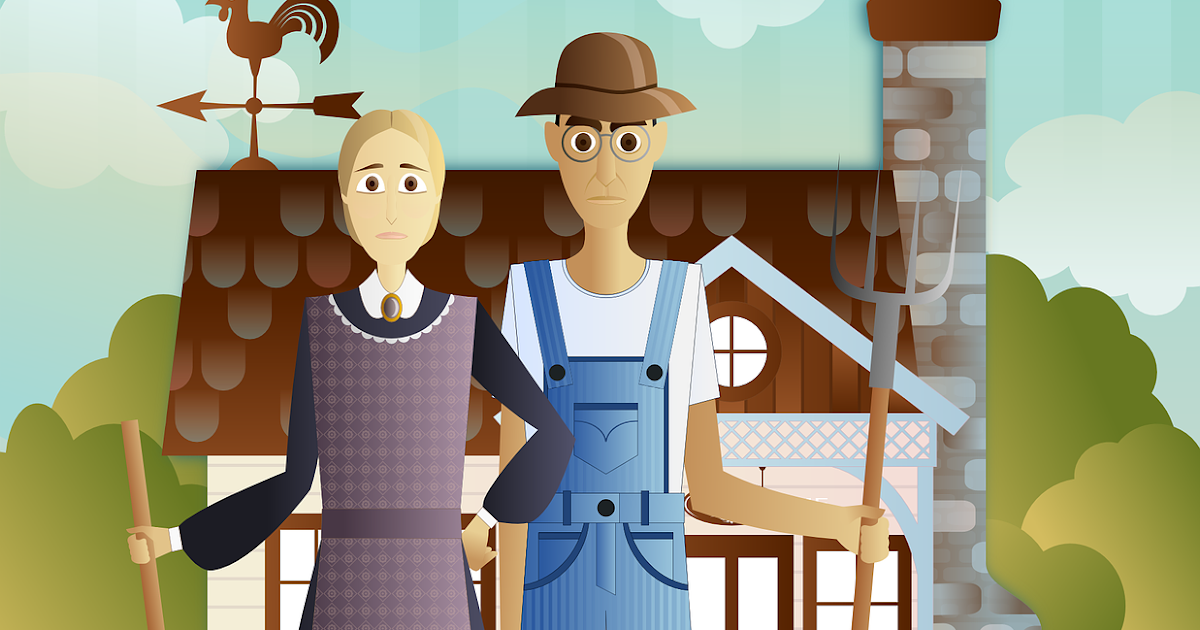
- Hands on!
And John Brown immediately signed a condition with the blacksmith Blair. The blacksmith undertook to make for Mr. Brown a thousand fine-steel pike-points at a dollar and a quarter each.
Farmer David Orr
Farmer David Orr The unwritten continuation of Chonkin's story tormented me for many years. The plot in the process of deliberation repeatedly changed and lengthened. In the first version, it ended in 1956. When I arrived in the West, I met many people who looked like Chonkin. For example, former
Roswell Garst - farmer from America
Roswell Garst - farmer from America On October 6, my father and Mikoyan were expecting an unusual guest - Roswell Garst, an American millionaire farmer from Iowa. In those years, foreign visitors had not yet become familiar, my father met with them with pleasure, asking them how life was
Chapter 42 Andy Fighter
Chapter 42 The Intel 80386 was officially released in October 1985, the same month that Intel exited the memory chip business. Large-scale deliveries occurred in the third quarter of 1986. Reflecting the global scale of the personal industry
Large-scale deliveries occurred in the third quarter of 1986. Reflecting the global scale of the personal industry
Farmer David Orr
Farmer David Orr The unwritten continuation of Chonkin's story tormented me for many years. The plot in the process of deliberation repeatedly changed and lengthened. In the first version, it ended in 1956. When I arrived in the West, I met many people who looked like Chonkin. For example, former
2. Partizan as a fighter
2. Partisan as a fighter The special conditions of life and activity of a partisan require that he possess a whole range of physical and moral qualities, as well as intelligence. Otherwise, he will not be able to adapt to the conditions of partisan activity and fulfill the task entrusted to him
13. Farmer
13. Farmer In November 1937, Faulkner reluctantly received a local university student at Rowan Oak, who had begged him for an interview for the second time. Answering questions, Faulkner said that his new book "The Undefeated" will be released in February next year, that he is sure that the best
Farmer In November 1937, Faulkner reluctantly received a local university student at Rowan Oak, who had begged him for an interview for the second time. Answering questions, Faulkner said that his new book "The Undefeated" will be released in February next year, that he is sure that the best
The Perfect Fighter
The Perfect Fighter In the grueling air battles near Kursk, the air regiments were melting before our eyes, losing military equipment and pilots. “We continuously had to conduct heavy air battles, fight literally to the last bullet ... - Ivan Kozhedub recalls in his memoirs. – From
Ilya Erenburg Writer-fighter
Ilya Erenburg Fighter Writer We have suffered a great loss: the great writer and wonderful person Yevgeny Petrov died. He brought into Soviet literature the fantasy of the south and deeply human, soul-illuminating humor, which makes him related to the traditions of Russian classics.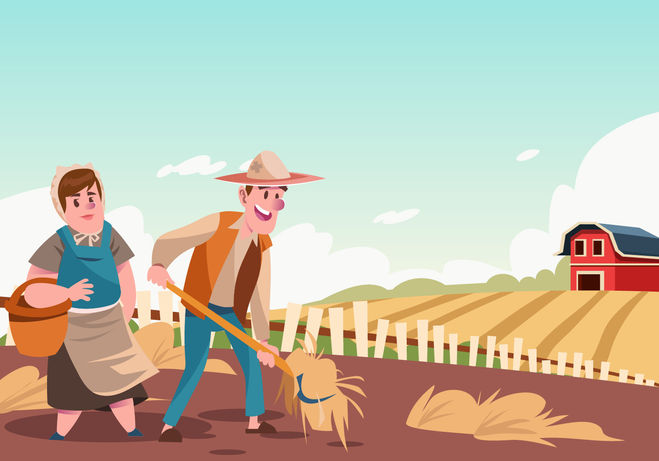 He could
He could
Marie Gallai. He was a fighter
Marie Gallay. He was a fighter Millions - many millions - of people got acquainted with Alexei Yakovlevich Kapler as the host of Kinopanorama. I'm not an exception. That is, of course, I knew before that he was the author of many scenarios that we remember, which stand out from the general series of
HE WAS A FIGHTER
HE WAS A FIGHTER Millions of people got to know Alexander Yakovlevich Kapler as the host of Kinopanorama. I'm not an exception. That is, of course, I already knew that he was the author of the scripts for many films that we remember and stand out from the general series, including such as
Poor farmer
poor farmer But a new day brings new impressions. We drive in a neat Chevrolet. And here is the radio, I'm not used to it yet. During the war, all receivers were withdrawn from us. I did not know, I had no idea that the radios here had nothing to do with our
And here is the radio, I'm not used to it yet. During the war, all receivers were withdrawn from us. I did not know, I had no idea that the radios here had nothing to do with our
Writer, communist, fighter
Writer, communist, fighter Meeting of voters with M.A. SholokhovThe Regional Drama Theater named after M. Gorky was festively cleaned. On June 4, workers from industrial enterprises and construction sites of the city, collective farmers from farms and villages of the Don, scientists, cultural figures, literature and
Fighter of the second Motherland
Fighter of the second Motherland it was in March forty-two. Night. I was on duty at the hospital. At night, Yagunov often went around the hospital. At the same time, he put on soft felt shoes and suddenly appeared in front of the dozing man at his post. The dressing began immediately.
FIGHTER AND DIPLOMAT
FIGHTER AND DIPLOMAT From the very first days of the October Revolution, the waves of revolution spread throughout the vast territory of Russia. Officers, cadets, merchants, manufacturers and landlords, who fled in fear from Soviet Russia to Siberia and the Far East, began to cobble together there
"Red Fighter"
"Red Fighter" I also had occasion to visit the “Red Fighter” commune, well-known throughout the region. It enjoyed special privileges and outwardly looked like a real commune conceived by socialist theorists. All the bosses grazed around her
90,000 From the NFL to the garden. How Jason Brown went from footballer to farmer by the call of God0001The amazing story of an ex-center and a successful farmer
When professional athletes finish their careers, their lives undergo significant changes. They have to find themselves again. Many become journalists and experts on TV. Some people go into business. Someone just burns life on the money earned earlier. But sometimes truly unique transformations happen. And one of the brightest examples is Jason Brown.
They have to find themselves again. Many become journalists and experts on TV. Some people go into business. Someone just burns life on the money earned earlier. But sometimes truly unique transformations happen. And one of the brightest examples is Jason Brown.
Brown had a successful college career. In the draft in 2005, he was considered one of the best centers and predicted a choice in the middle of the third round. The forecast almost came true - in the fourth round, Jason was chosen by Baltimore.
Brown was a reservist for two seasons, and in 2007 won his place at the start. Jason played all 16 games of the season. In 2008, he was moved from the guard position to the center position. In his new position, Brown also played all 16 games. He was considered one of the best linemen in the NFL, and in 2009 this thesis was confirmed. After becoming a free agent, Brown signed a 5-year, $37.5 million contract with St. Louis. This contract made Jason the highest paid center in the league.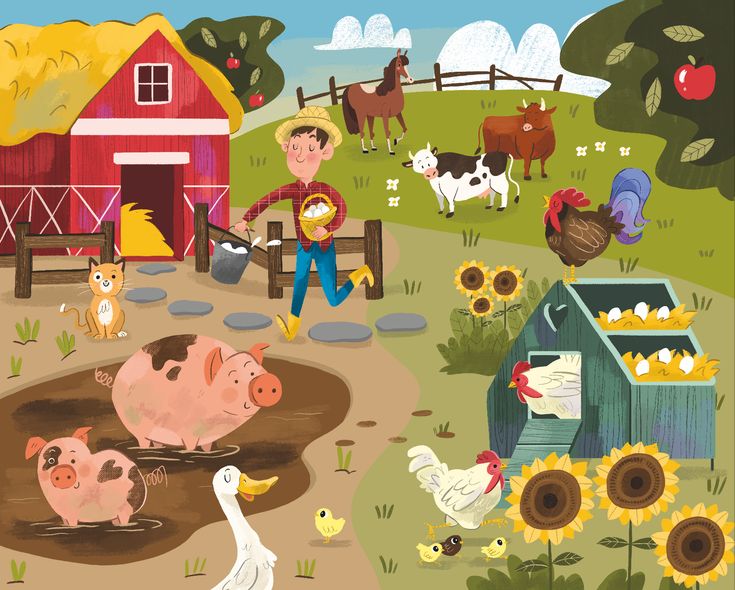
Brown continued to show good football, but psychologically began to give up. Jason wasn't happy with what he was doing. The footballer himself said that at that time he had a kind of midlife crisis. Jason compared his life to that of his brother, a military intelligence officer who served in Iraq and Afghanistan. Like, he serves others and his country. And what does he do? What is the use of his life?
With such gloomy thoughts, Brown lost his place in the Rams starting lineup two seasons later. And in 2012 he was expelled from the team. Despite a clear decline in the game, Jason was still in demand in the league. They wanted to see him at home, "Baltimore", "San Francisco" and "Carolina". But Brown decided to do otherwise.
Jason wanted to change his life and turned to God in prayer. The football player asked what he could do useful with all his abilities. You will be surprised, but Brown heard the answer. And he sounded like this: "I want you to feed my people. " Brown didn't know a damn thing about farming. But he decided to follow the call of God.
" Brown didn't know a damn thing about farming. But he decided to follow the call of God.
When Jason told his agent about his decision, he replied: "You are making the biggest mistake of your life." And he wasn't the only one who thought so. Virtually everyone said Brown was crazy to give up millions of dollars to farm. Jason, despite all this, remained steadfast in his decision.
Since the ex-footballer didn't know anything about farming, he began to study farming. From YouTube videos. Brown moved his family from his luxurious estate to a farm in North Carolina and began to cultivate the land. It is clear that not everything worked out the first time. Jason admitted that he thought more than once that he had made a big mistake. But he continued to believe in ultimate success. Brown continued his fellowship with God and this gave him strength.
Two years after leaving the NFL, Jason has his first harvest. Brown donated part of it to charity to feed the hungry in local communities. After a while, representatives of local food banks for the hungry came to him and asked if Brown had any more vegetables for donations. Jason without thinking twice gave them the rest of the harvest.
After a while, representatives of local food banks for the hungry came to him and asked if Brown had any more vegetables for donations. Jason without thinking twice gave them the rest of the harvest.
Since then, Brown has regularly donated his produce to feed the hungry. For example, in one autumn, on average, he donates about 20 thousand kilograms of potatoes and 4.5 thousand kilograms of cucumbers. In total, since 2014, he has donated 1.6 million prepared meals from his fruits and vegetables.
Brown's farm is doing well and he is now pursuing eco-tourism. Jason says that many people find his farm very beautiful. Therefore, he rents out his premises for various events and is happy to host guests.
Brown also wants to encourage other blacks to get involved in farming, as in the US the industry is considered to be open only to whites. Jason considers his farm a real blessing and notes that if you have a farm, then you will always be full. Even if you live below the poverty line, according to generally accepted economic standards, you will always have food on the table.



